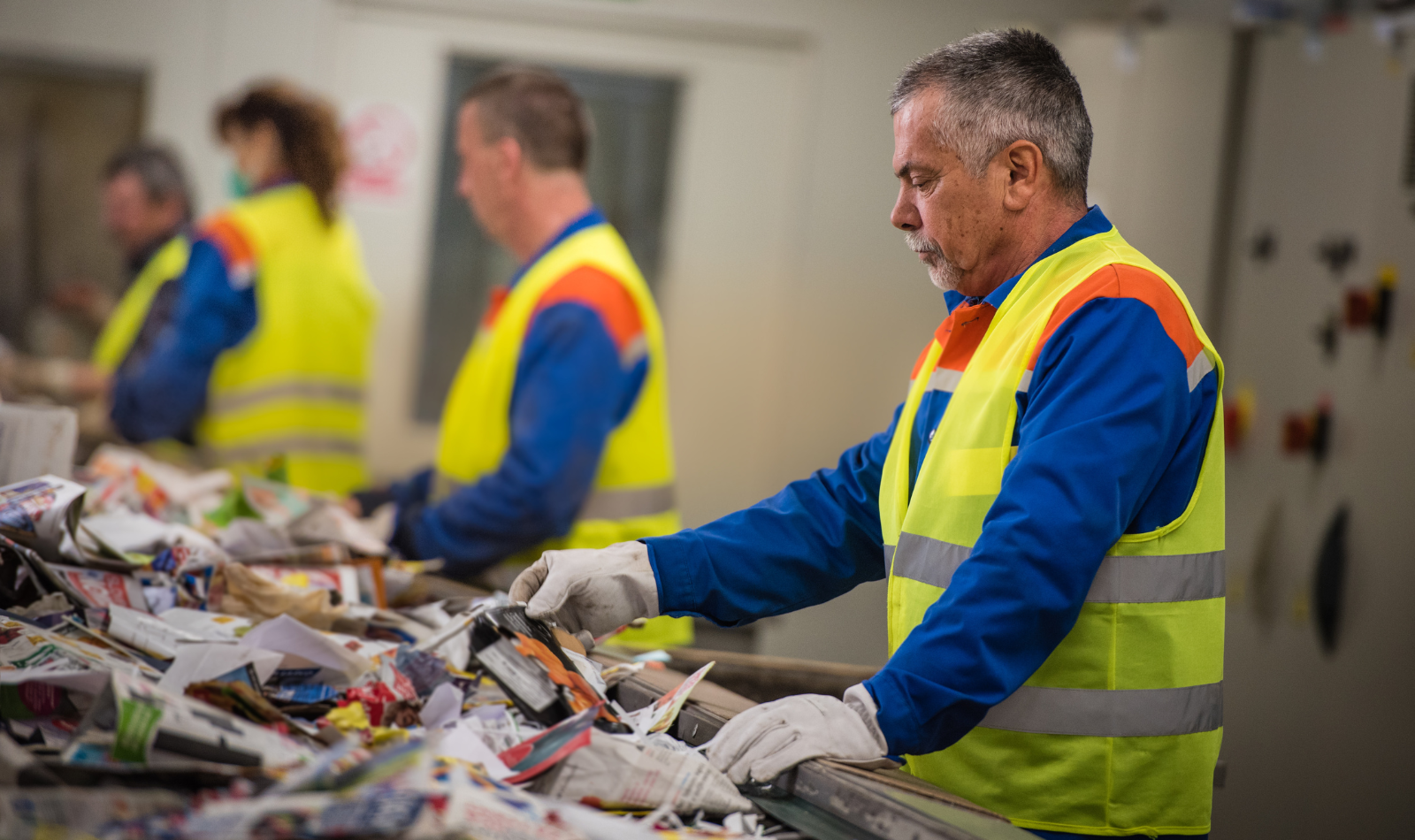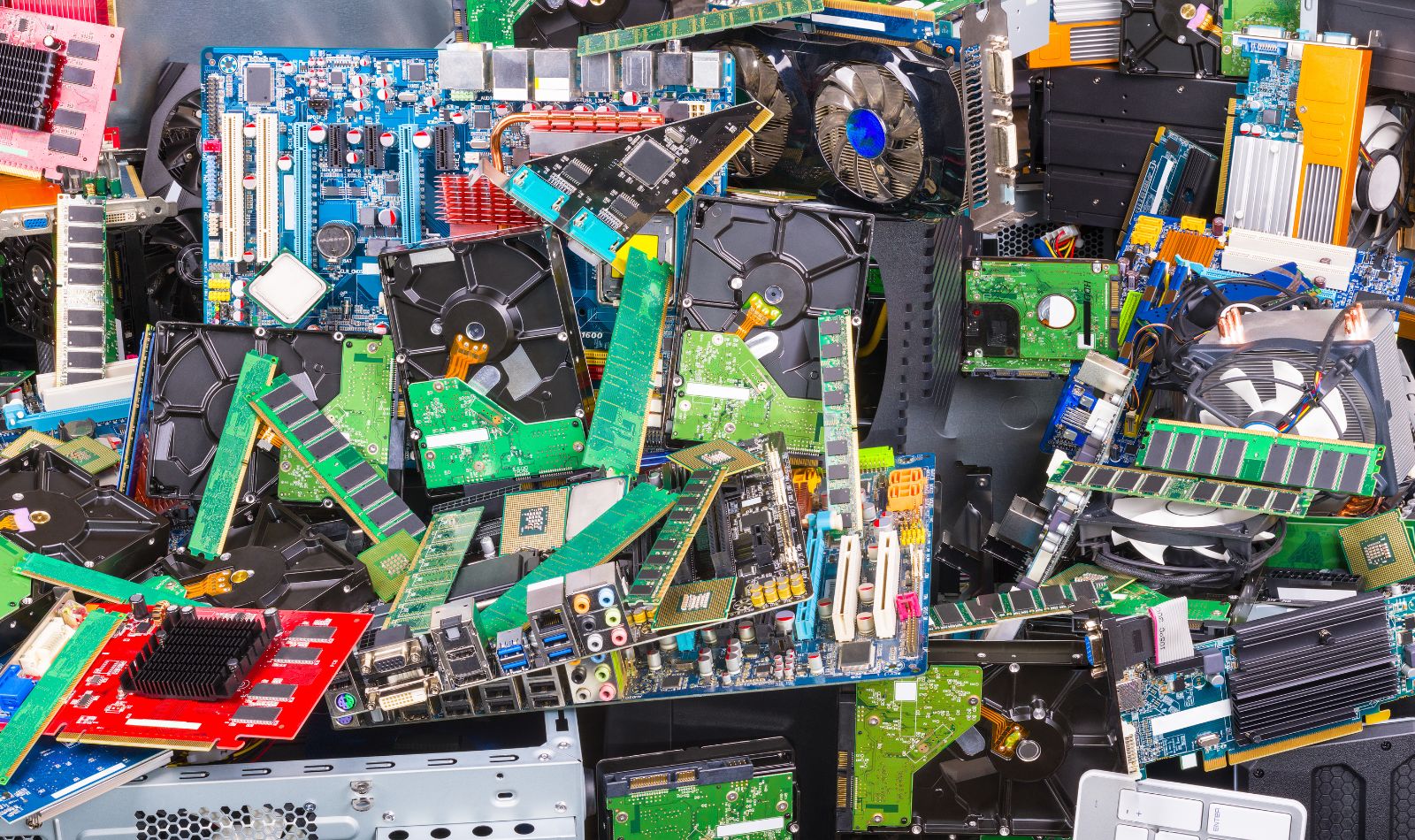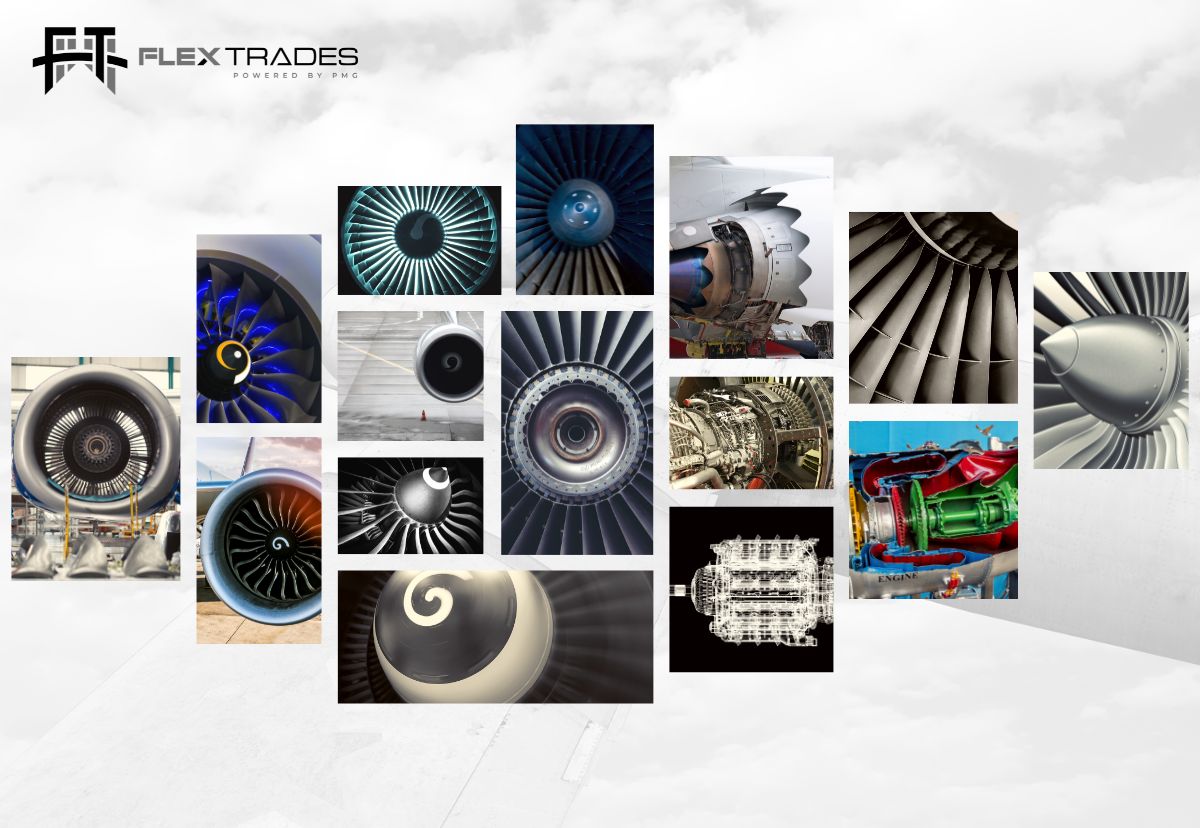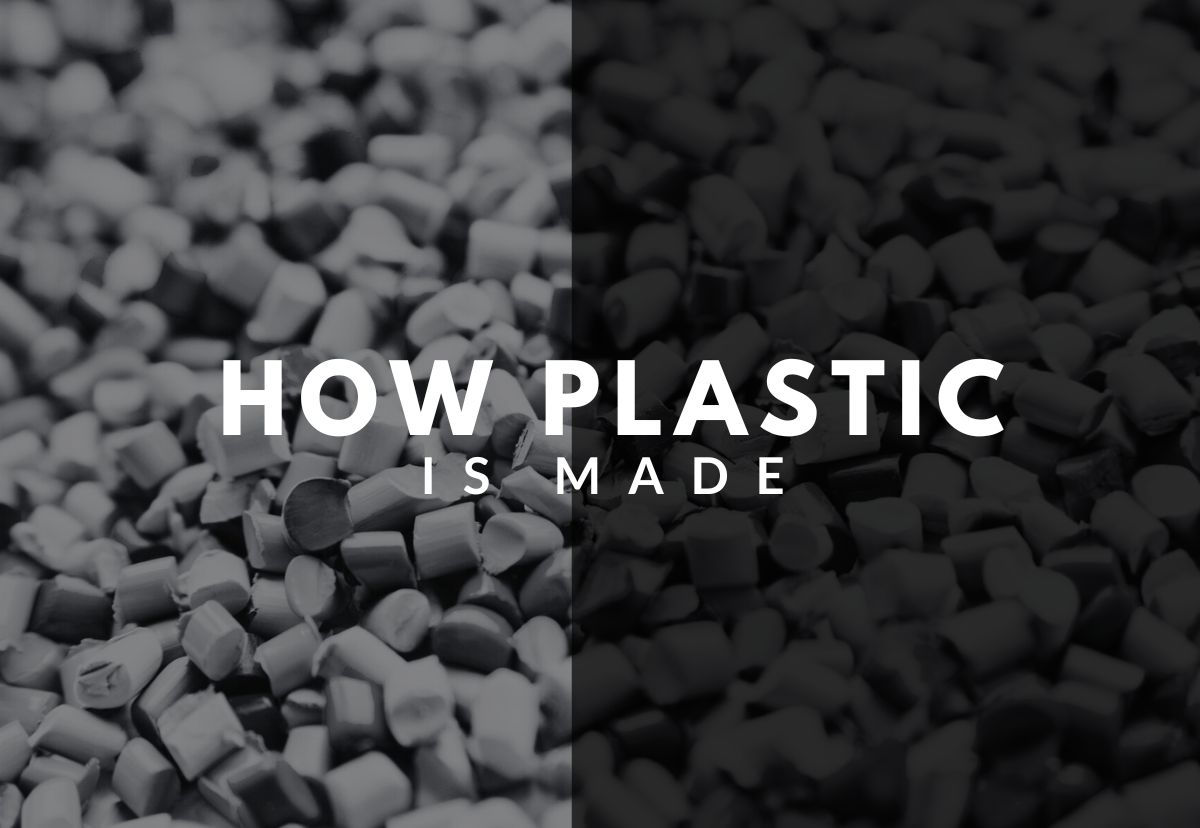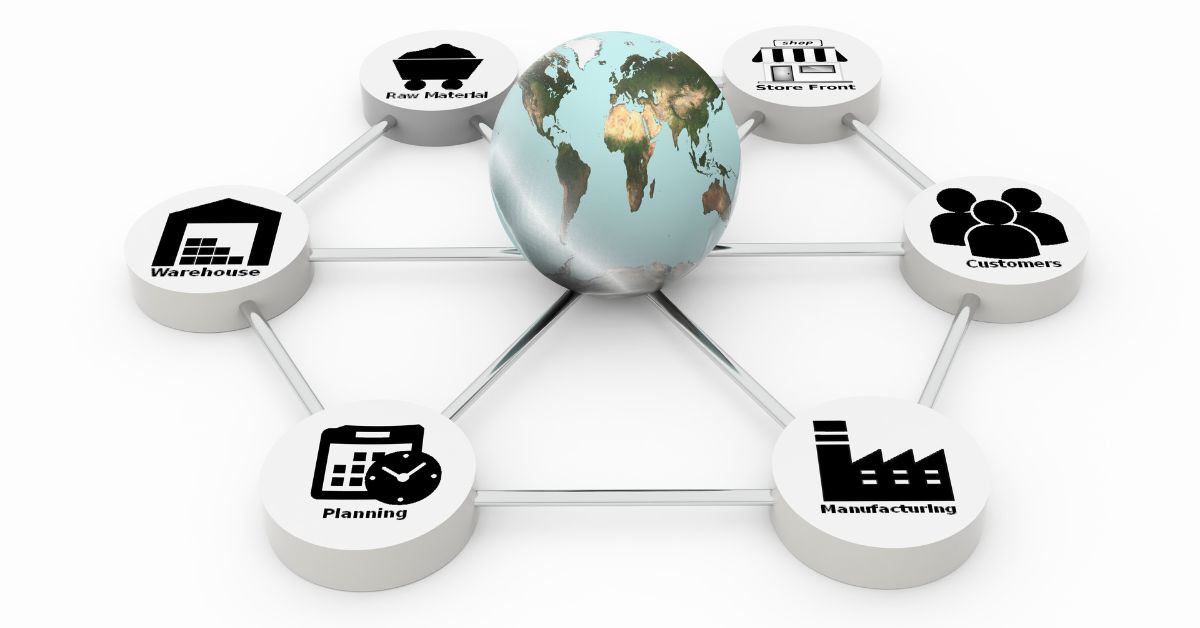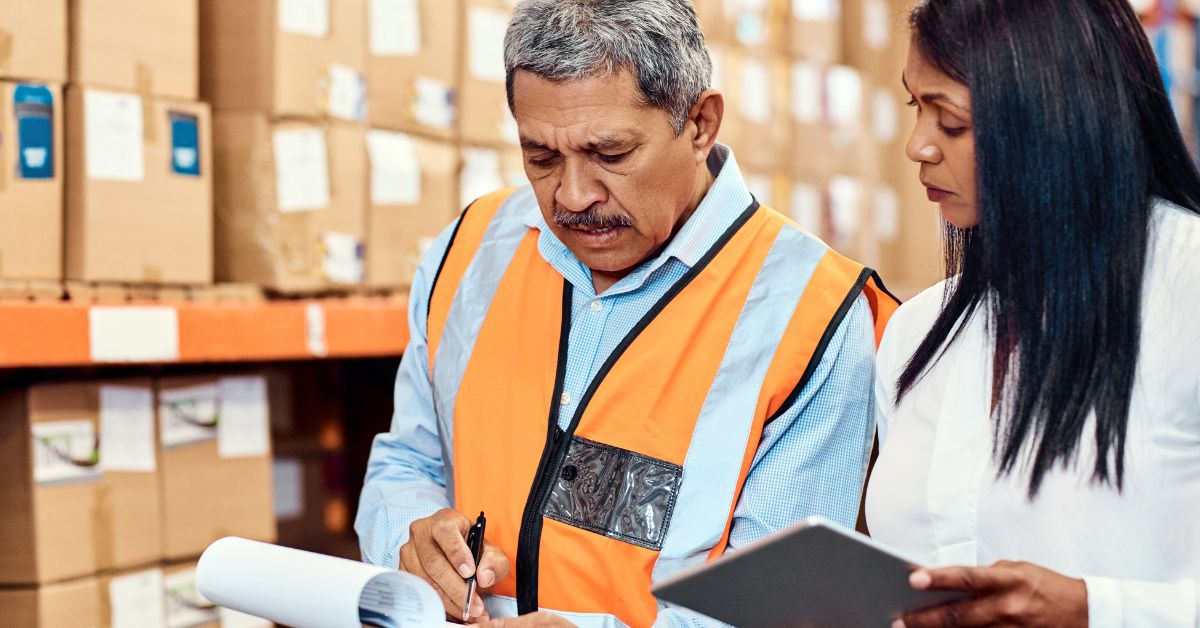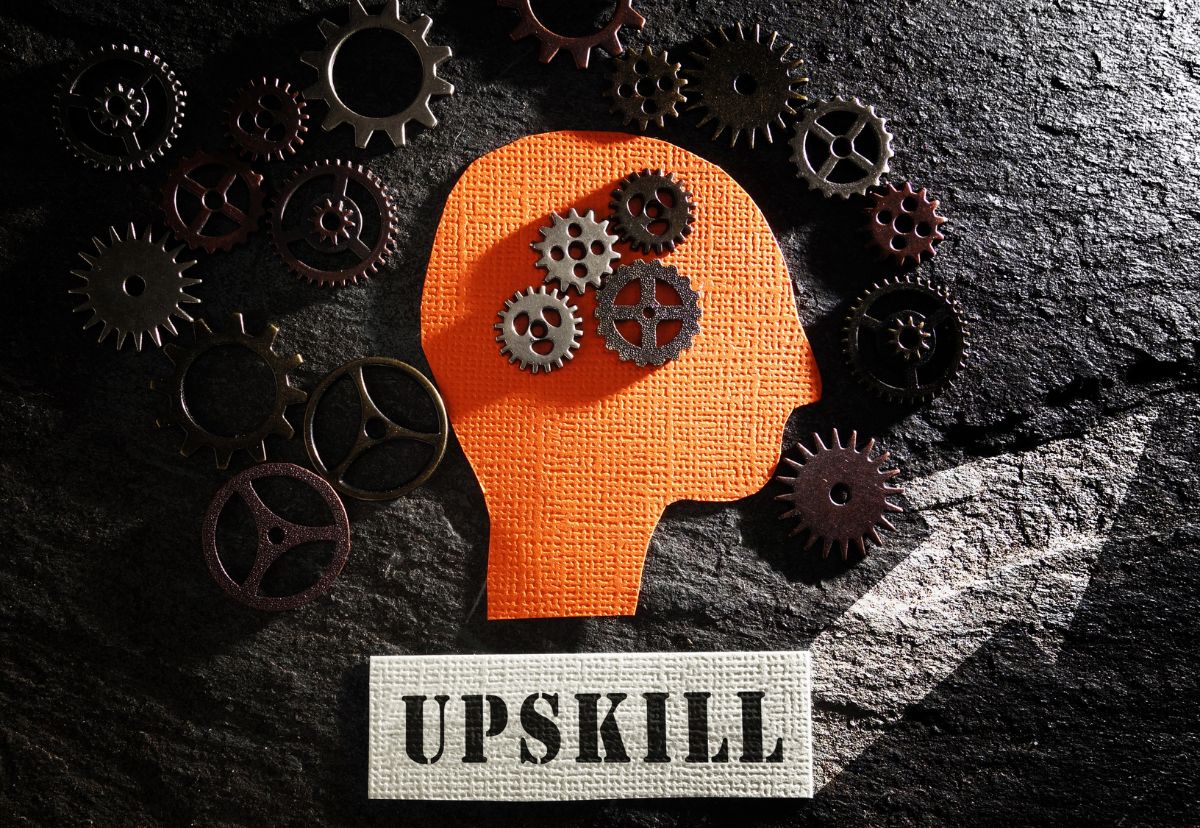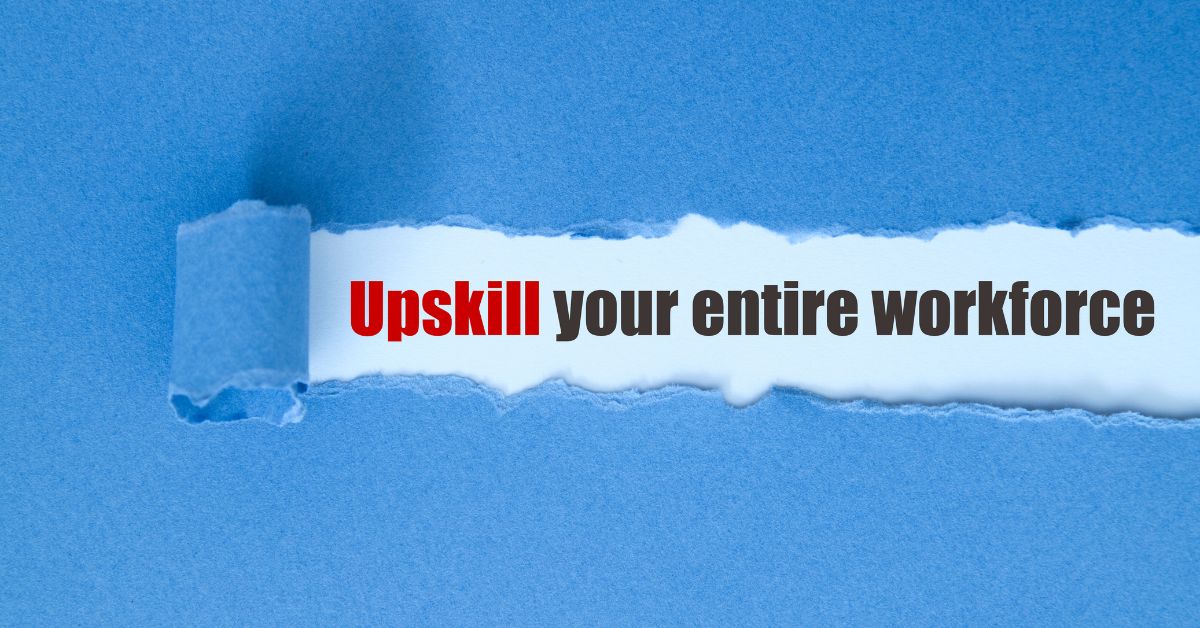The year is almost halfway done, but there is still time to take advantage of the knowledge, technology, and value that manufacturing trade shows and expos bring to US manufacturing for both employers and employees.
The Shows You Missed:
- The San Antonio Manufacturers Association Trade Show
- The Midwest Tool Expo & Auction
- The Metalcasting Congress
The Shows You Can Still Attend:
Design-2-Part
Design-2-Part has many shows throughout the year (in spring and fall) and across the US, so find one near you! The greatest thing about Design-2-Part is the story behind Founder, Ben Edwards and how he began Design-2-Part shows.
Safety Conference & Expo
Start planning now because this one is happening in Denver, CO August 7-9th in 2024. In fact, 2024 will be the 63rd annual show! Put on by the American Society of Safety Professionals (ASSP), the goal of this show is to bring together safety professionals for three days of educational sessions. There also are educational exhibits regarding the safety profession as well as safety innovation in the workplace. It’s called “the conference that’s by safety professionals, for safety professionals”.
Advanced Manufacturing Expo
Happening August 9 and 10, 2023, in Grand Rapids, MI, you could join 3000 manufacturers and manufacturing experts to explore all things automation, metalworking, or mechanical. If there is one to go to in 2023, this might be it!
PACK Expo
PACK Expo is a show with multiple events across the United States (as well as the world). At these shows, it’s all about packaging and processing solutions. Join Pack Expo Las Vegas from September 11th through the 13th this year!
FABTECH
This one is all about metal forming, fabricating, welding, and finishing. It runs from September 11th through the 14th in Chicago, IL.
Injection Mold & Design Expo
During this two-day FREE expo, you’ll find a multitude of suppliers with expertise in molding machines and auxiliary equipment, equipment parts, molds and runners, design & molding software, and many other support services. Get to Novi, MI to experience this event on September 20 and 21 of 2023.
Industrial Transformation USA
Coming to Indianapolis during the fall of 2023 (October 10-12), are the big thinkers thinking about IIoT, 5G, cobots, and other Industry 4.0 technology as it relates to all types of manufacturing industries. You’ll find a little bit of everything related to automation, robotics, industrial data, AI, supply chain software, IIoT, as well as smart infrastructure.
NBAA – BACE (National Business Aviation Association)
From October 17-19, top manufacturers and businesses from the aviation industry will come together in Las Vegas to showcase the best of the best in aviation technology and aircraft.
Southtec / Westtec
Southtec is one of four Manufacturing Technology Series events and it’s happening in Greenville, SC from October 24-26th. Westec is another one of the four series events only it’s happening in Long Beach, CA from November 7-9, 2023. Houstex and Eastec have already come and gone in 2023 but don’t worry, all four will be back in full for 2024 because this one is backed by some of the biggest industry advocates, The Association for Manufacturing Technology (AMT) and
Rockwell Automation Fair
In Boston MA this year, you’ll find the future of manufacturing technology with this automation fair happening November 6th through the 9th.
2024 Trade Shows and Expos:
Precision Machining Technology Show (PMTS)
We just missed this one for 2023 (it was April 18-20th) but they are already planning for 2025 (in Cleveland, OH) and so should you. This is the place to be when it comes to precision machining and precision machined components.
Skills USA National Leadership & Skills Conference
Skills USA is a great event with a different goal than most manufacturing expos. This one is about bringing together workers, leaders, students, and teachers to promote careers in trade and technical occupations. This one wrapped up June 23rd of this year, but they’ll be back again next year!
NPE
With over 1 million square feet of exhibit space, this expo is the largest plastics tradeshow in America. Make it a point to register in 2023 for the five-day event happening in Orlando, FL from May 6-10, 2024.
Modex
The Modex Show is happening March 11-14 in Atlanta GA next year (2024). Promat is show similar to Modex that has come and gone for 2023. However, both are shows put on by MHI (The Material Handling Industry) with the goal of connecting professionals in the supply chain industry.
That’s a Wrap:
Find one you like and give it a whirl. You’ll likely meet great industry contacts, be able to talk about yourself and your products, as well as learn a little (or a lot) something new!





